Between the sheer volume of competition and the ease with which customers can switch vendors, delivering an outstanding product experience has never been more important.
To learn what product experience is, why it’s critical, and how to improve it, read on.
What Is Product Experience?
Product experience is the end-to-end experience a customer has with a product. Unlike user experience, which refers only to the customer’s experience inside a product, product experience is far more comprehensive and involves a wide variety of interactions from start to finish.
From the first impression a prospect has learned about your product to the consideration stage to purchasing your product to onboarding to actually using it to product support and beyond, product experience covers the full spectrum.
Here are some key elements of product experience:
- Product usability
- Overall product design
- Product content
- Performance reliability
- Onboarding experience
- Core app features
- Product quality
- Personalization capabilities
- Customer support
- Customer service
- Brand reputation
And in the long term, product experience can include a customer’s ability to provide feedback and see subsequent product development improvements.
In some cases, it can also include a product’s community where customers have resources to connect and engage with other users to learn more about your product, optimize their experience, and address specific customer needs.
Product Experience vs User Experience
As we mentioned before, user experience is limited to a customer’s interactions and engagements within a product.
Product experience management, on the other hand, is more broad and is concerned with the holistic customer experience.
You can think of it like this.
User experience is part of the product experience but only focuses on how a customer engages while inside a product.
This mainly includes usability, accessibility, and user satisfaction involving the product interface and app features.
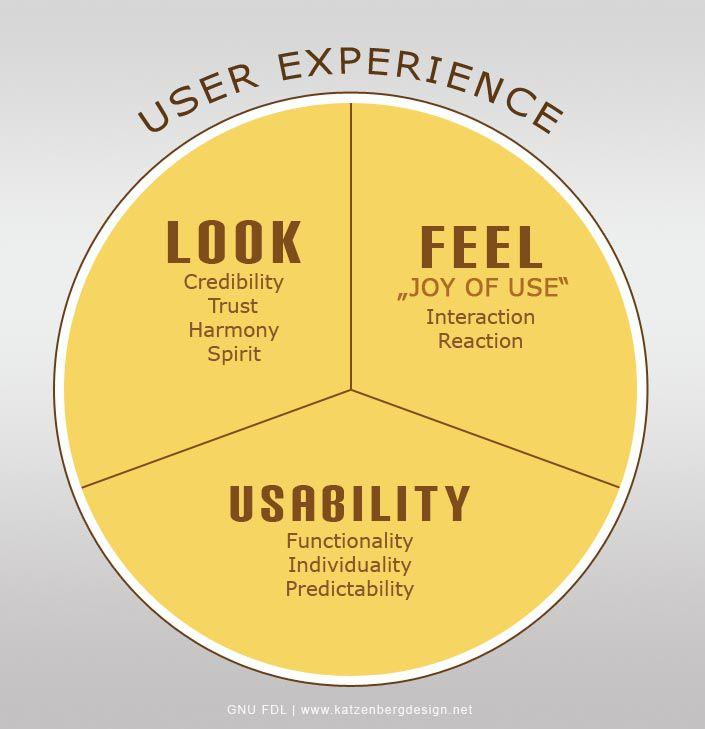 Source: Net Solutions
Source: Net Solutions
But product experience “zooms out” and looks at every touch point in the user journey.
Besides using the product itself, product experience refers to learning about your product and brand, the consideration stage, using a free trial, post-purchase interactions, customer support, branding, and more.
Both product experience and user experience are critical to customer success, and there’s a strong overlap. The key difference is that product experience is more broad and focuses on all aspects of product management.
Why Is Product Experience Important?
Earlier, we said that most industries are saturated with competition — especially the SaaS industry.
And with the current subscription-based model that SaaS implements, it’s incredibly easy for customers to change vendors.
Therefore, it’s not enough to simply meet customer expectations these days with a solid user experience.
Of course, it’s important to have a product with great functionality, a seamless interface, practical features, and so on. But relying on delivering a great product experience alone won’t usually cut it.
To truly thrive (particularly in SaaS), you need to go beyond user experience and look at the full scope of product management.
That’s where product experience comes in.
Not only does it set the stage for delivering an enjoyable in-product experience, but it also addresses the full range of the customer experience, including:
- Customer satisfaction
- Decreasing your customer churn
- Product add-ons and upsells
- Customer service
- Product iterations and ongoing improvement
- Customer experience management
- Brand reputation
- Customer loyalty
- Brand advocacy
- Product led growth
The bottom line is that if you can provide an excellent product experience from start to finish, you’re almost guaranteed to have a competitive advantage over other brands that only focus on the user experience.
What Is a Good Product Experience?
In short, a good product experience contains the key elements mentioned before, such as product usability, product design, onboarding, practical core features, customer support, brand reputation, and so on.
More specifically, the product should:
- Be simple to use
- Have all the core features customers want
- Operate efficiently
- Be aesthetically pleasing
- Offer easy customization and a personalized experience
- Deliver strong value to the user
- Come with high-level customer support
- Be inherently iterative and strive to make continual improvements
- Be part of a brand that’s respectable and authoritative
An example of a brand that delivers a good product experience is Zoom, as it checks all the boxes. Here are a few places where they stand out.
First, it’s simple and intuitive with an easy-to-use dashboard, and it comes with a minimal learning curve.
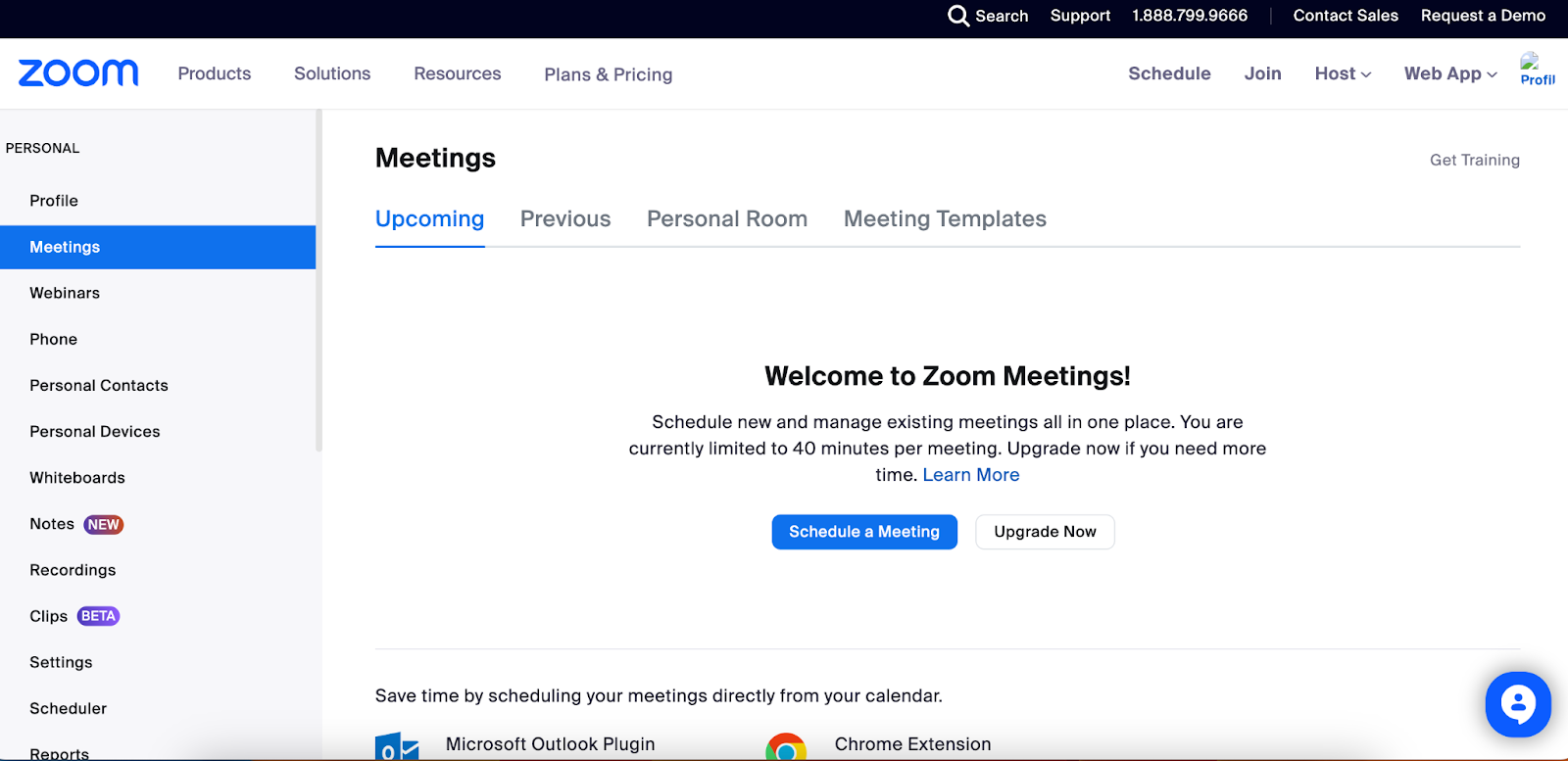 Source: Zoom
Source: Zoom
Even first-time users can easily schedule a meeting and navigate their way through Zoom’s core features.
 Source: Zoom
Source: Zoom
Next, most users would agree that the minimalist design and clean interface are aesthetically pleasing. From the moment a prospect first lands on the website to when they actually use it, Zoom is an eye-appealing product.
 Source: Zoom
Source: Zoom
Also, Zoom is easy to customize and has stellar built-in support with a multitude of helpful resources…
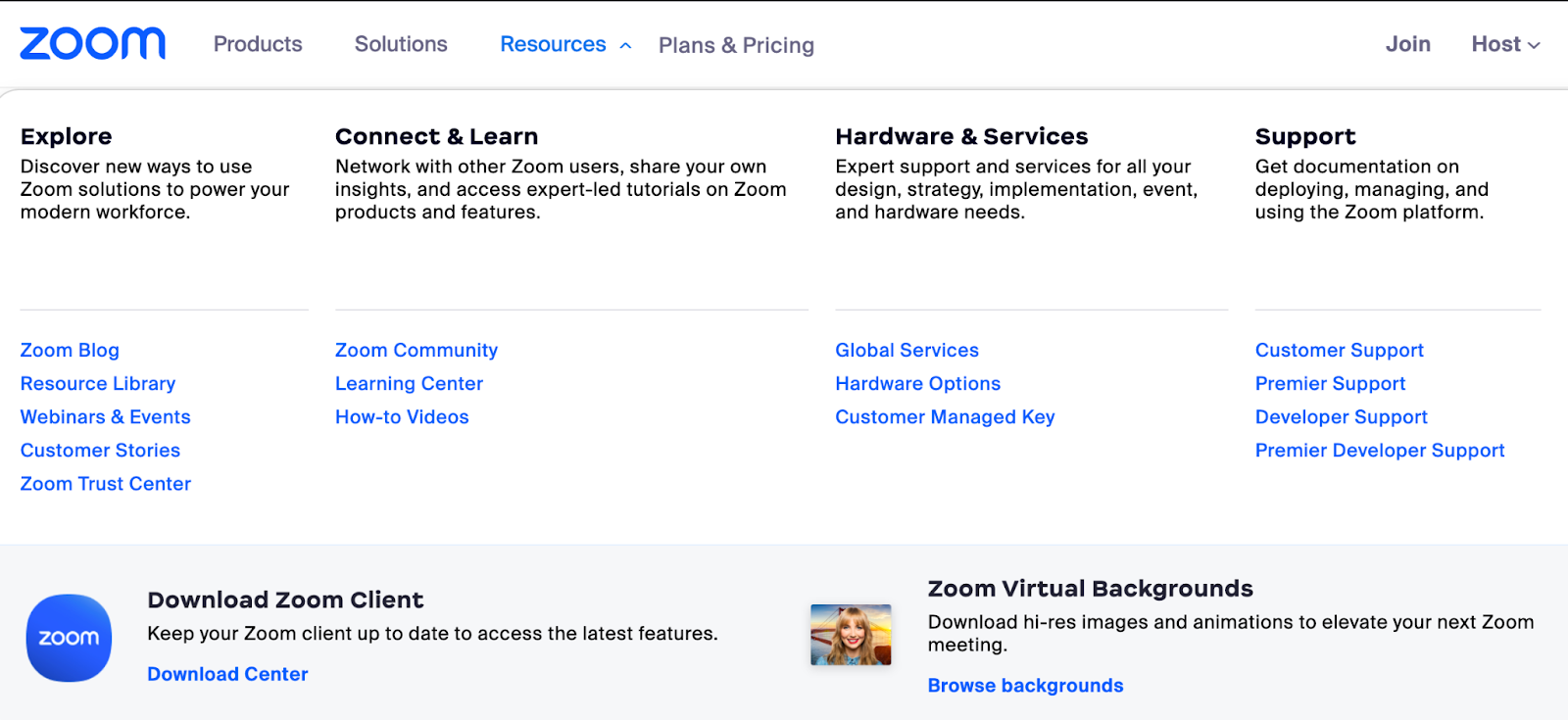 Source: Zoom
Source: Zoom
…as well as easy-to-find customer support, which makes product usage enjoyable and friction-free.
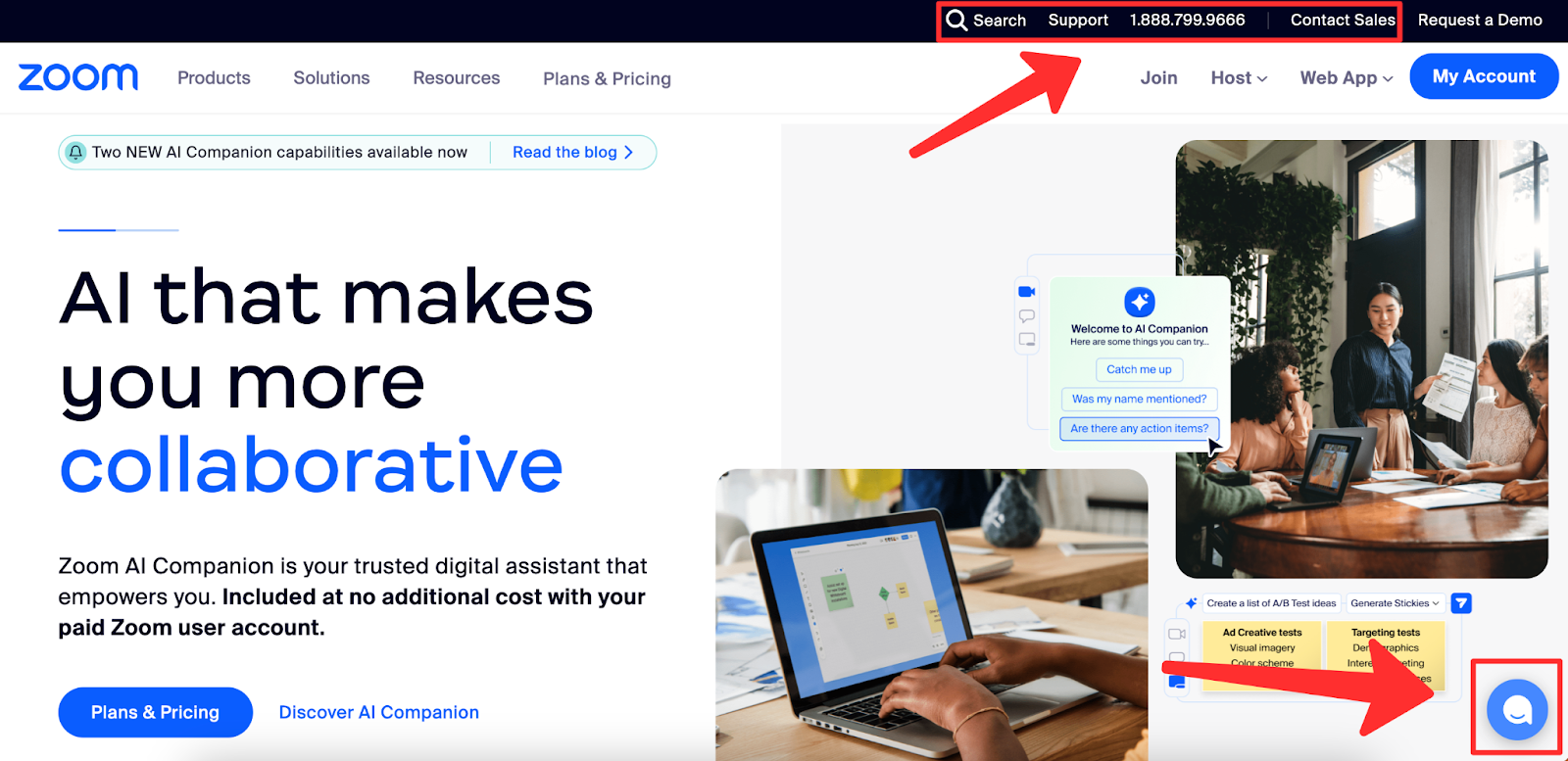 Source: Zoom
Source: Zoom
Product Experience Examples
Now let’s look at a few more examples of brands that provide great product experiences in specific areas.
1. Aesthetics and Usability - Shopify
From the early touchpoint of a prospect landing on Shopify’s website to using their e-commerce-building tools, Shopify is one of the best for delivering amazing aesthetics and usability.
For example, here’s the first thing prospects see above-the-fold on Shopify’s homepage.
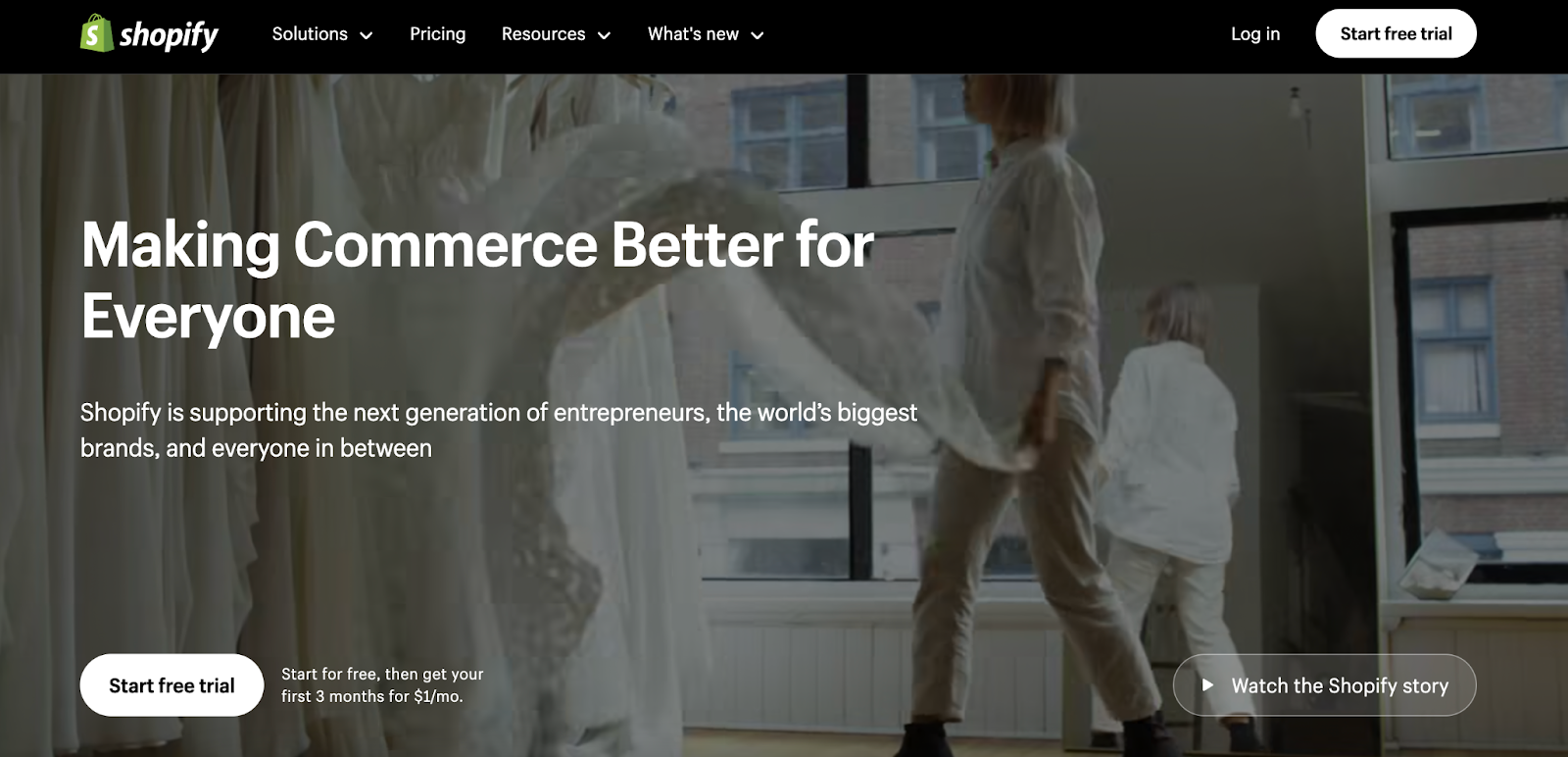 Source: Shopify
Source: Shopify
Professionalism and beautiful aesthetics are a big part of Shopify creating a great first impression and making leads want to learn more about their products.
And here’s an example of what a customer experiences when using Shopify to build an online store.
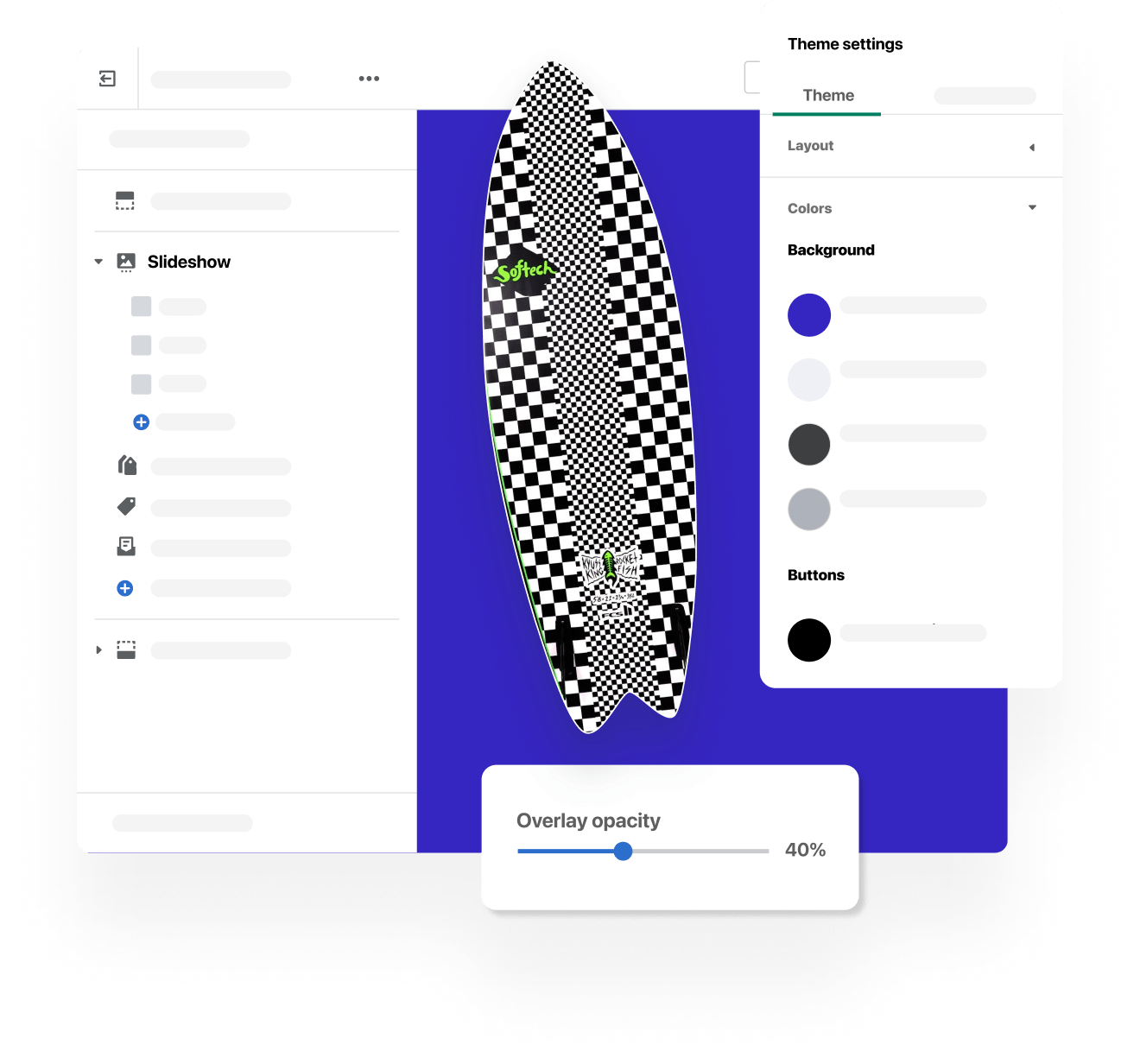 Source: Shopify
Source: Shopify
2. Customer Education and Support - Zendesk
When it comes to delivering strong value to users, companies can learn a lot from Zendesk.
Take, for instance, Zendesk’s robust resources section that includes convenient access to its blog archive, events, webinars, training, community, newsroom, and more.
 Source: Zendesk
Source: Zendesk
This provides a quick jumping-off point for customers to learn all the basic product information they need to know and educate themselves on how to use it to get the most out of Zendesk.
Not only should this help increase the initial customer satisfaction level, but it should also extend the average customer lifespan to lower churn and raise the Net Promoter Score.
3. Customer Service - Twilio
Finally, the communications brand, Twilio, which specializes in voice, text, and chat, is a company that offers superb customer service.
In fact, they have a drop-down menu on their website that’s solely devoted to instantly giving customers access to anything they need, including a help center, a link for connecting with a support rep, training, and more.
 Source: Twilio
Source: Twilio
They also feature a chatbot that customers can communicate with 24/7 that’s capable of handling most product information inquiries.
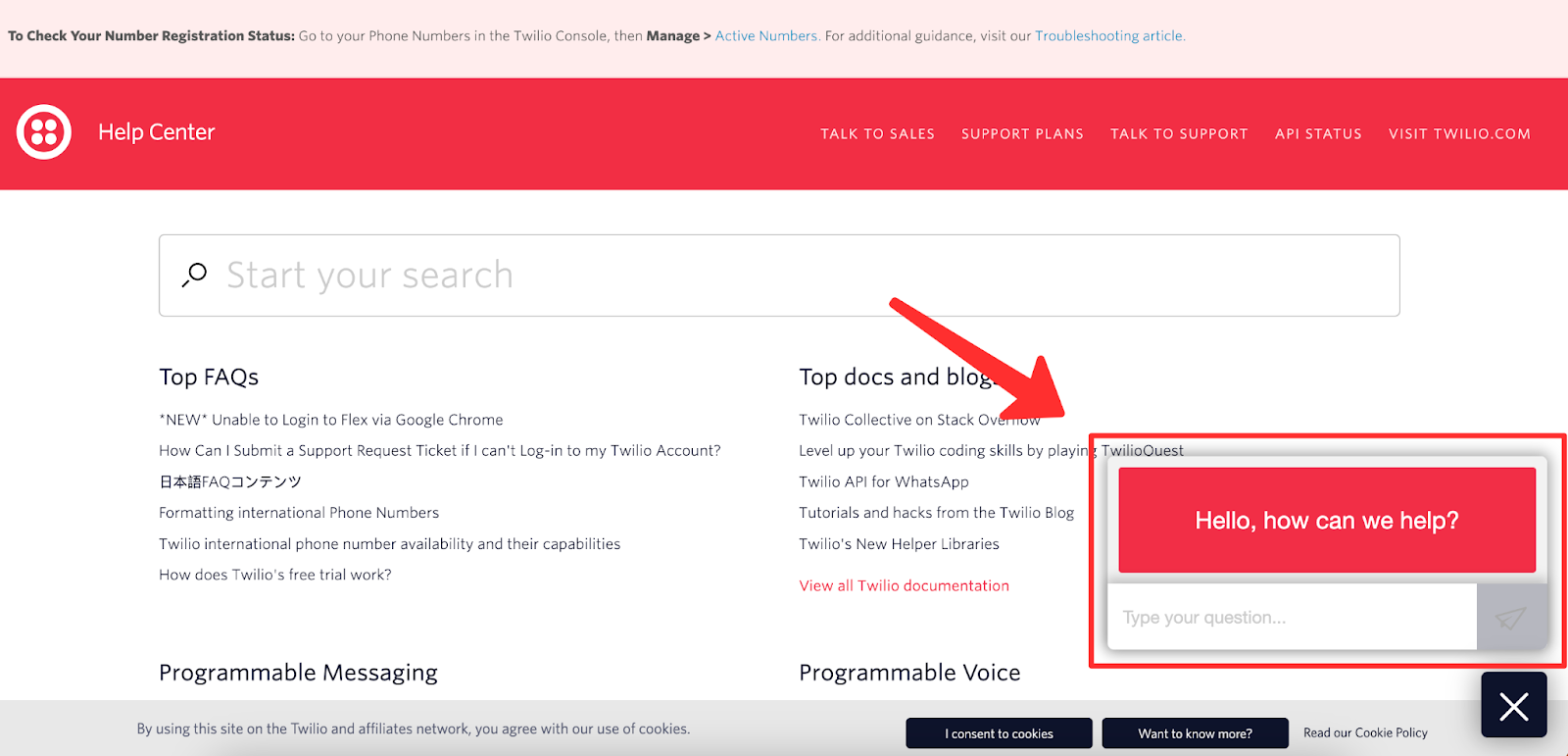 Source: Twilio
Source: Twilio
3. Continual Improvements - Slack
When it comes to the long game of providing an ongoing positive customer experience and making users want to stick with you, continual improvements are a big part of that.
A company that stands out in this department is Slack, which goes so far as to have a section of their website devoted to getting customers up-to-speed on what’s new, including new product development features like machine learning initiatives, new app integrations, and more.
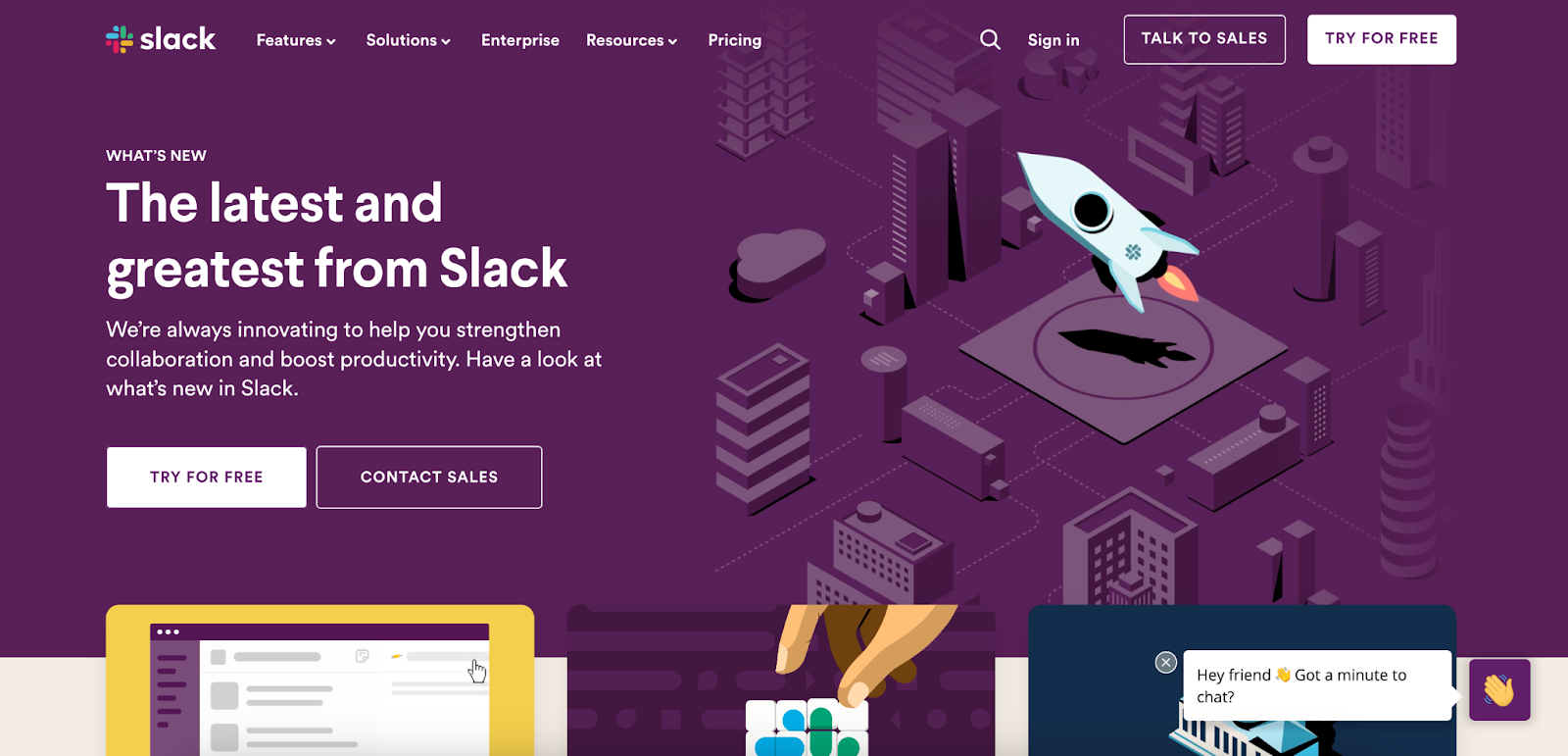 Source: Slack
Source: Slack
If a big part of your UVP is ongoing feature development (as it naturally is for many apps and SaaS products), this is definitely an area you’ll want to put plenty of effort into.
How to Improve the Product Experience
Improve User Onboarding
Nearly three-quarters of customers say they’ll switch providers if the onboarding is complicated. However, 86% say they’ll become a loyal customer if a brand offers effective onboarding.
Therefore, a great starting point for improving product experiences is enhancing onboarding.
So how do you go about doing that?
First, create a product onboarding checklist that includes everything you want to include like this example from HubSpot.
 Source: HubSpot
Source: HubSpot
Your checklist will likely (and should) change over time, but having something tangible should provide the initial guidance you need.
Create a personalized onboarding experience by asking new users what their specific goals are and what they want to accomplish.
Offer interactive tutorials on how to use your product, including tips, core features, and any other essential information a new user needs to know.
Note that offering progress tracking is a nice way to show app users how far they’ve come during onboarding and how much is left.
 Source: Kompassify
Source: Kompassify
Also, get ongoing feedback from users to see what improvements you could make, as this can help you identify critical issues that can be detrimental to the customer experience.
While it usually takes some time to get your onboarding firing on all cylinders, your customers will be in a position for success and genuine satisfaction once you figure it out. And like most other areas of product development, it’s something that can be gradually refined over time.
Use Analytics
Basing product development decisions on concrete data is essential for fully understanding user engagement, monitoring user behavior, and ultimately delivering a satisfying customer experience. In order to generate that product data, you need product analytics.
With Woopra, for example, you can use performance cookies to measure nearly every aspect of the product experience end-to-end, including seeing how many users return after using a core product feature.

You can use Woopra to determine how support tickets impact your Net Promoter Score.

You can also use Woopra analytics to monitor overall customer retention to see how long users continue to use your app over a specific period of time.
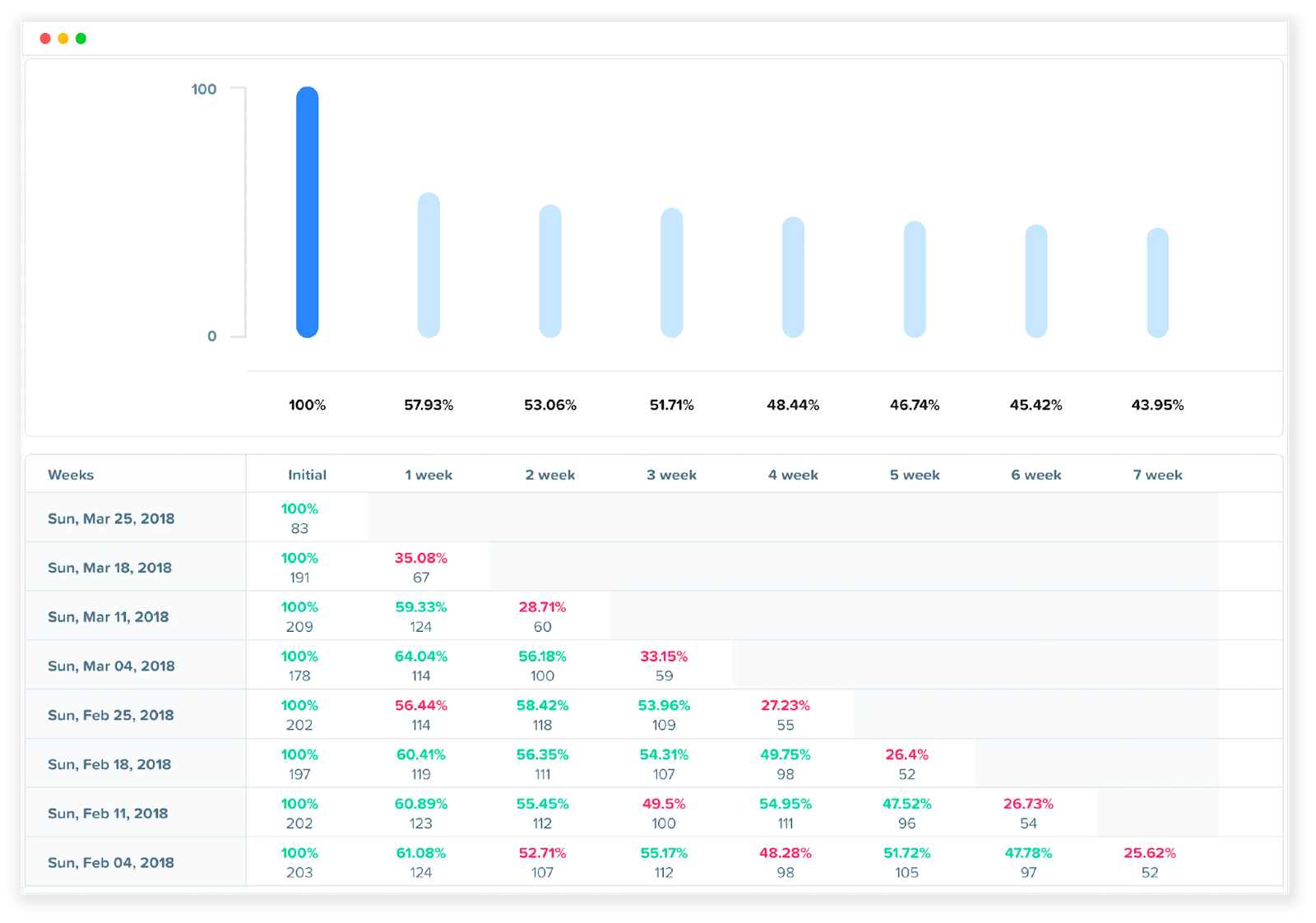
And when it comes to the touch points leading up to the initial purchase, Woopra allows a product analytics manager to track them all.
From signup to receiving an initial email to completing a profile to using a core product feature to becoming a customer, your product team can track the entire customer journey.
![]()
By doing so, you have the insight needed to pinpoint any problematic areas that need your attention and can prioritize them accordingly.
Also, you can figure out what you’re doing right so you can provide an even better customer experience and instill deeper brand loyalty.
Listen to Surveys & Customer Feedback
We touched on this briefly before, but a critical part of improving product experiences (and product management in general) is proactively listening to existing customers.
Real users who have been through the customer journey end-to-end can provide you with firsthand knowledge that’s impossible for a product experience manager to replicate.
That’s why we suggest using app surveys, questionnaires, and other types of user feedback to see what areas your product is succeeding in and what could use improvement.
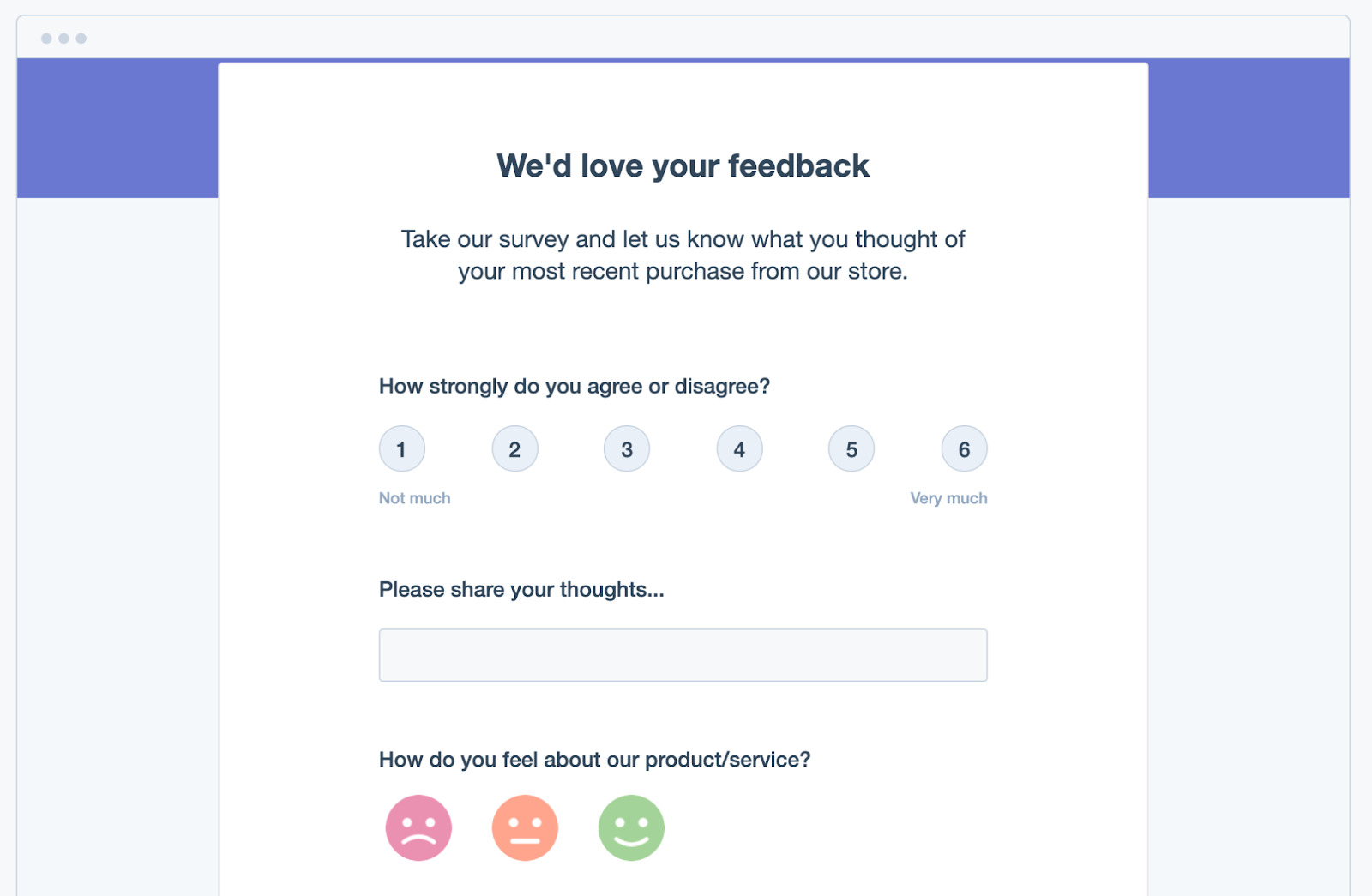 Source: HubSpot
Source: HubSpot
In terms of getting customers to provide their feedback, this can be done in several ways, including:
- Sending periodic emails asking for feedback
- Offering feedback forms on your website or app
- Featuring a chatbot that specifically asks for customer feedback
- Implementing app feedback widgets
Besides that, it’s also smart to pay attention to the feedback you get through social media and review sites, as this can also provide unbiased information.
To Recap
Product experience, which covers the full spectrum of a customer’s experience with your product, is vital on many levels.
By understanding the different elements of product experiences and taking the correct steps to improve them, your product manager can dramatically improve your product strategy, customer success, and product adoption.
Further, you should be able to strengthen customer loyalty to retain users for longer and should be able to turn a sizable percentage into brand advocates through word-of-mouth referrals.



